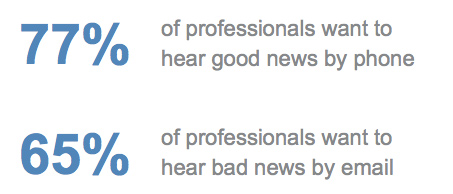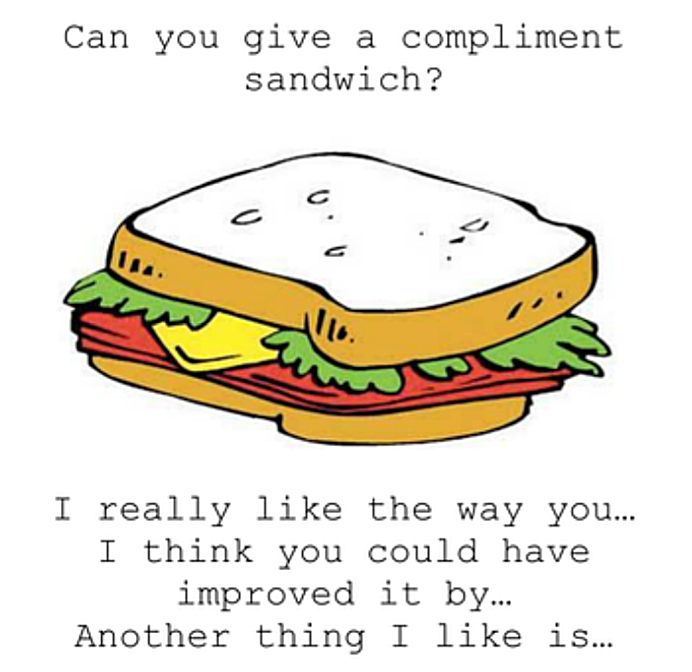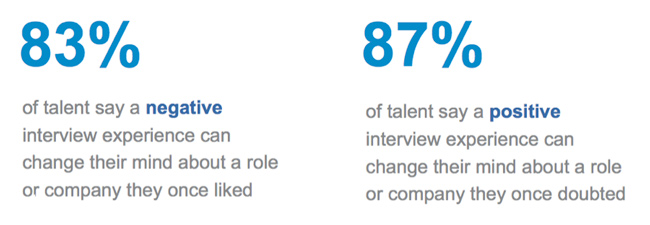
15 Jul Step by Step: Improving Your Candidate Journey Pt. 2
The candidate journey is a long, winding road that can be difficult for job seekers to navigate effectively, especially when they’re guided poorly.
Candidates that feel lost during your journey are more likely to speak negatively about your company to friends, family, and their connections online, so it’s in your best interest to provide them with a positive experience if you’re working to grow and strengthen your brand.
In this article, we’ll examine some valuable tips you can use to build up and improve the later stages of your candidate journey.
This is the second post in a series of articles related to improving your business’s candidate journey. To start from the beginning, click here.
Outline the interview process
After you’ve expressed interest in a candidate and they’ve agreed to an interview, be sure to give them an idea of what the process will look like. We’ve all experienced pre-interview jitters before, and an understanding of the interview’s structure can go a long way towards calming a candidate’s nerves.
Let your candidates know:
- how many people they’ll be interviewed by
- what positions the interviewers hold within the company
- approximately how long the interview will run
This ensures that they’ll be well-aware of what’s expected of them when you finally have that sit-down conversation. (img source)
When you’re ready to speak with the candidate, it’s a good idea to come to the interview equipped with a pen and paper to take notes. There are a few reasons you should do this – for one, you can’t be expected to remember everything a candidate says, especially when you’re interviewing multiple people for a role; referencing your notes later on can assist you in making a more informed hiring decision.
Secondly, taking notes and actively listening to the candidate shows them that you’re engaged and interested in what they have to say, which will help to solidify the interview experience as positive in their minds.
Update the candidate on their status ASAP
As we mentioned in the last article, waiting for a response from employers is a natural (though incredibly aggravating) part of the hiring process. One simple way to improve your candidate journey is to update candidates quickly, regardless of whether you’re considering them for the role or not.
Why you should implement this practice in your company:
building relationships – you never know when you could use a previously considered candidate for another position
strengthen your employment brand – in a world where 75% of job seekers never hear back from employers, simply updating applicants on their status makes you stand out. Take a look at this notice on Seatgeek’s career page – a gentle letdown is better than being ghosted (img source)

Personalized emails are preferable of course, however in the majority of cases your team doesn’t have the time to write responses for each candidate you speak with. Search for auto-response email templates to send to candidates once you’ve received their resumes, and be sure to add some character and helpful information into the mix – let them know how long it’ll take for you to review their resume, when they can expect to hear back, and most importantly, that you will actually get back to them.
One more tip for you – consider the channel you use to share news with candidates. According to a LinkedIn study which surveyed 20,000 talent professionals, the majority of candidates prefer to hear good news over the phone and bad news by email. (img source)
Offer constructive, detailed feedback
 The same LinkedIn study cited above reported that 94% of candidates want to receive feedback after their interview. Giving feedback as a hiring manager can be a difficult process – it’s never easy to tell someone why they weren’t chosen for a position, especially if they’re particularly career-driven and excited about the role.
The same LinkedIn study cited above reported that 94% of candidates want to receive feedback after their interview. Giving feedback as a hiring manager can be a difficult process – it’s never easy to tell someone why they weren’t chosen for a position, especially if they’re particularly career-driven and excited about the role.
One method of making feedback more digestible for previously considered candidates is called the “compliment sandwich”. With this method, hiring managers share a point of praise, followed by negative feedback, then another compliment.
An example might be the following: “I really like how you responded to X question, I can tell you put a lot of time and effort into preparing for the interview. I think the interview might have gone better if you had done X, Y, or Z instead, but overall, you did a very good job.”
There’s the compliment sandwich method, and then there’s the “give the most authentic, honest, and constructive feedback you can” approach. Neither are wrong, but you should use your judgement to decide which method will work most effectively with each candidate. Some people wrongfully take constructive criticism as a personal attack, and when you’re striving to improve your candidate journey, disgruntled candidates can cause problems for your brand and damage your reputation. (img source)
In addition, give the candidates actionable recommendations on how they can improve – constructive feedback without direction will only get them so far.
Follow these tips to build an engaging journey for your candidates, and don’t forget to check out our first article on the topic which contains even more useful info!
For recruiters and hiring managers: If you could change one aspect of the typical candidate journey, what would it be? Leave a comment on our LinkedIn or Facebook pages and let us know what you think!
——————————————————————————————————————————————————————————————————–
If you’re in search of talent consulting or recruiting services and could use help determining your business needs, contact our team of experienced talent acquisition consultants now.




